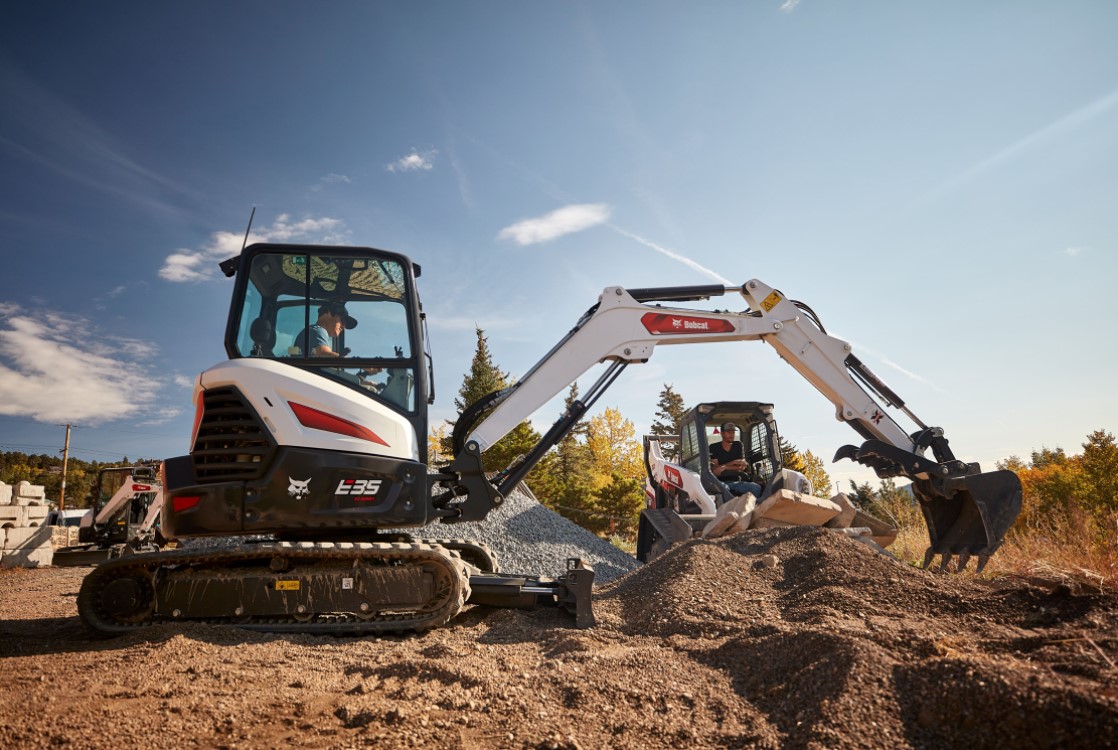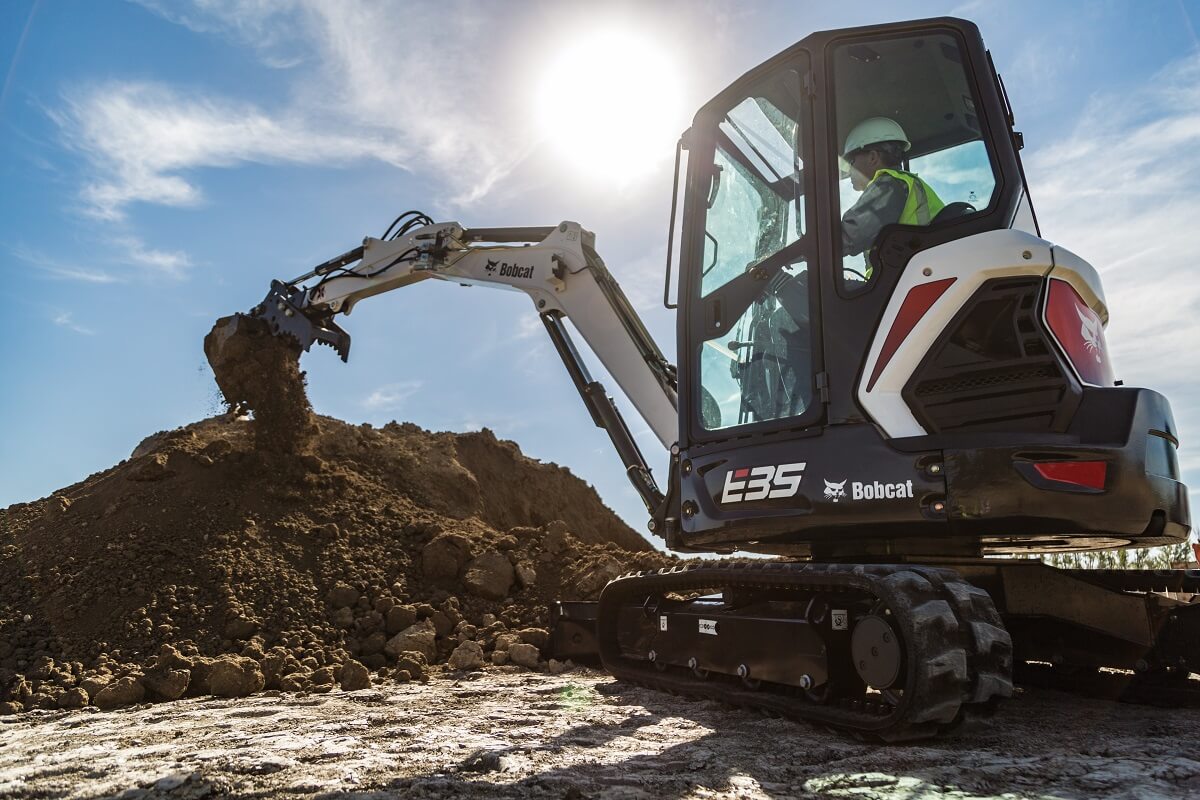
When it comes to heavy construction projects, having a clear understanding of the difference between trenching and excavation is vital. These activities play a crucial role in various industries, including construction, utilities, and landscaping. However, without the proper knowledge and safety precautions, they can also pose significant dangers.
In this blog post, we’ll delve into the world of trenching and excavation, exploring their definitions, purposes, equipment, safety measures, and key distinctions. Whether you’re a contractor, project manager, or simply curious about these terms, read on to enhance your understanding and ensure the safety of your projects.
Trenching: Definition and Purpose
A trench is a narrow excavation or cut made in the ground, typically deeper than it is wide, that is characterized by its elongated shape. The primary purpose of trenching is to create a space for installing and maintaining underground utilities, building foundations, managing water flow, and laying pipelines. Trenches may vary in dimensions and depths, depending on the intended use, but generally speaking, trenches are no more than 15 ft wide at their base.
Trenching Equipment and Safety Measures
Trenching requires specialized equipment to ensure efficient and safe operations. At Rentco, we offer a range of top-quality equipment designed specifically for trenching tasks. Let’s take a look at some commonly used equipment:
- Trenchers: Trenchers are powerful machines equipped with a digging chain or blade that cuts through the ground to create the trench. They come in various sizes and configurations, for different projects. Need to rent a Bobcat trencher? Look no further!
- Excavators: Excavators are versatile heavy machinery commonly used in trenching. With their hydraulic arms and attachments, excavators can dig trenches of varying depths and widths. They offer precision and flexibility, making them ideal for different trenching applications.
- Skid Steer Trench Attachments: Skid steers are compact machines widely used in construction projects. By attaching trenching implements to a skid steer, you can efficiently dig trenches in tight or confined spaces where larger machinery may not be suitable.
Trench Safety
Remember, regardless of the type of trench, there are several safety measures that should be implemented, as an unprotected trench can be very dangerous:
- Utilize proper shoring, sloping, or benching techniques to prevent a trench cave in.
- Utilize protective systems like trench boxes or any other kind of temporary protective structure to safeguard workers and reduce accidents.
- Ensure workers wear appropriate personal protective equipment (PPE) such as hard hats, safety glasses, and steel-toed boots.
- Conduct regular inspections and continuous monitoring of the trench wall to identify hazards and address soil instability promptly.
Prioritizing these safety measures creates a secure working environment for excavation trenching activities.
Excavation: Definition and Purpose
Excavation simply refers to a hole that is dug into the ground. Excavations can be of a variety of sizes and depths, depending on its application whether it is for construction, archaeology, mining, and other. Unlike trenching, which focuses on creating narrow and elongated excavations, excavation encompasses a wider range of projects and dimensions.
Excavation Equipment and Safety Measures

Excavation projects require specialized equipment to efficiently remove large volumes of soil and materials. Some common equipment used in excavation includes:
- Excavators: As you may have guessed, excavators are essential for digging, lifting, and moving large amounts of soil or other materials when conducting an excavation.
- Backhoes: Backhoes combine the functions of a loader and an excavator, making them useful in excavation and loading tasks. With their digging capabilities and the ability to rotate 180 degrees, backhoes are ideal for smaller-scale excavations and tight spaces.
- Dump Trucks: Dump trucks are used to transport excavated material from the excavation site to the desired location. They come in different sizes and capacities, allowing for efficient removal and disposal of excavated soil and debris.
Excavation Safety
Safety is paramount in excavation projects, and several crucial measures should be taken:
- Conduct soil analysis and assess stability to identify potential risks
- Implement protective measures like shoring systems, sloping, or benching techniques to maintain stability
- Ensure workers are properly trained and competent in excavation safety.
- Use safety signage and barricades to mark the site and prevent unauthorized access.
These measures promote a safe working environment, mitigating risks for workers and the public.
Trenching vs Excavating: Key Differences
While trenching and excavation are related activities involving the removal of earth or materials, there are some key differences between the two. Let’s highlight the main distinctions:
- Purpose: Trenching primarily focuses on creating a narrow excavation for specific purposes such as laying utility lines or installing pipes. Excavation, on the other hand, encompasses a broader range of projects, including site preparation, mining, and archaeological investigations.
- Dimensions and Depths: Trenches are generally characterized by their narrow width and greater depth, whereas excavations can vary significantly in terms of dimensions and depths depending on the project’s requirements.
- Equipment and Techniques: Trenching often involves specialized equipment such as trenchers and skid steer attachments designed specifically for creating trenches. Excavation projects, on the other hand, typically require larger machinery such as excavators and backhoes for the efficient removal of larger volumes of soil.
- Safety Considerations: While both trenching and excavation present potential risks, the safety measures and precautions can differ. Trenching often requires specific protective systems, such as a trench box, and strict adherence to shoring, sloping, or benching techniques to prevent cave-ins. Excavation safety focuses on factors such as soil stability analysis, proper shoring systems, and worker training.
Understanding these distinctions is vital for selecting the appropriate equipment, implementing the right safety measures, and ensuring successful project outcomes while prioritizing worker safety.
Rentco – Helping You Choose the Right Equipment for Your Trenching and Excavation Needs
Distinguishing between trenching and excavation is crucial for anyone involved in construction, utilities, landscaping, or any industry where working with the ground is necessary. With an understanding of their differences, you can be sure to implement the right safety measures and execute your project successfully,
At Rentco, we understand the significance of these activities and the importance of safety. That’s why we offer a wide selection of top-quality equipment for both trenching and excavation needs.
From trenchers and excavators to backhoes and dump trucks, our rental fleet is designed to meet your specific requirements. Contact us today or browse our online catalogue to explore our vast selection of rental equipment. Stay safe and get the job done right with Rentco!